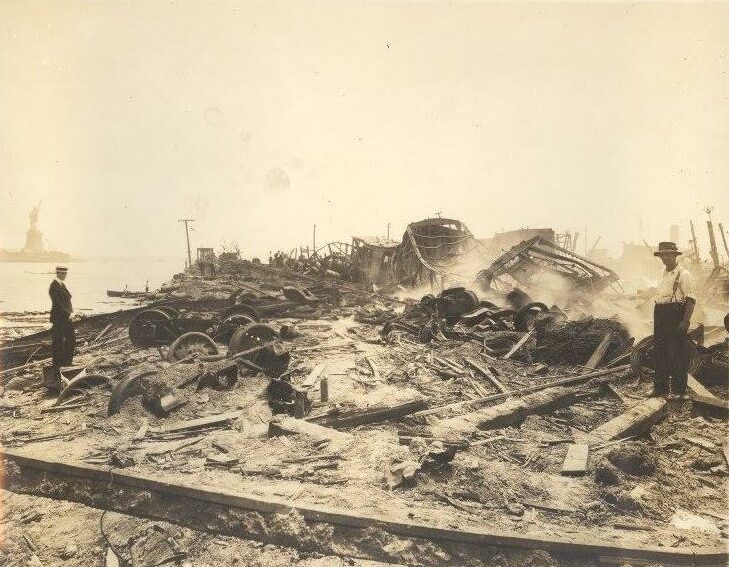-
Commemorating Korean War 75th Anniversary—PBM-G5 #84738’s deadly water rescue
—Suddenly, flames erupted form the number one engine and left wing, while the verticle and horizontal stabilizers suffered additional damage. The crew lost control of the engine, and all emergency efforts to suppress the fire failed. As the blaze spread aft toward the rear fuselage, the situation grew critical. At 12:30 p.m. the crew transmitted an SOS and announced their intent to ditch the PV2V-5.
-
Quentin Walsh—D-Day planner and Cherbourg liberator 80 years ago!
—Walsh’ s career spanned some of the most eventful years in Coast Guard history, including Prohibition, World War II and the post-war modernization of the service.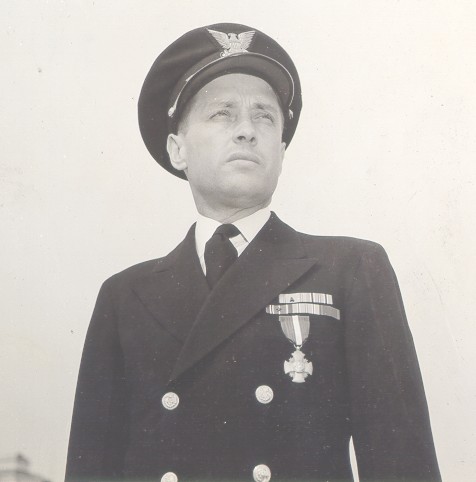
-
Deepwater Horizon and the Coast Guard’s spill response mission
—In the evening of April 20, 2010,, the Deepwater Horizon oil rig blows up. The explosion results in the deaths of 11 workers and, within two days, the loss of the rig. The resulting spill of over 200 million gallons of crude oil became the largest discharge of oil in U.S. waters. This was the catalyst for the largest response for an environmental disaster in the Service’s history.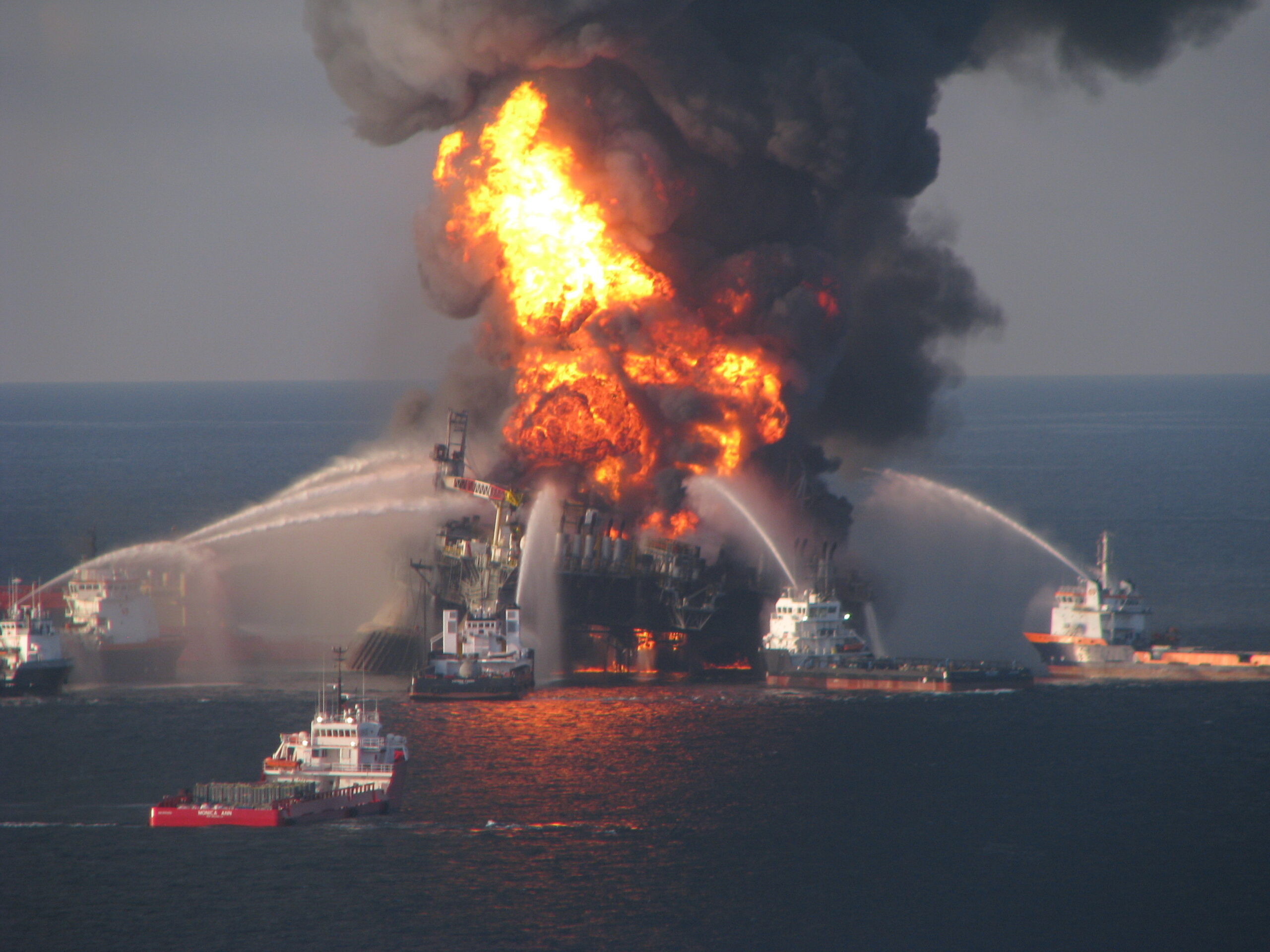
-
Into the eye of a storm on the wings of an Albatross—Hurricane Laurie in 1969!
—Darkness fell suddenly in the eye with the storm’s western wall shading the setting sun—time to leave. We could provide no further assistance. Dell G’s calm was ending, as was ours. Now came the most terrifying part of the day—flying back into the storm’s eyewall.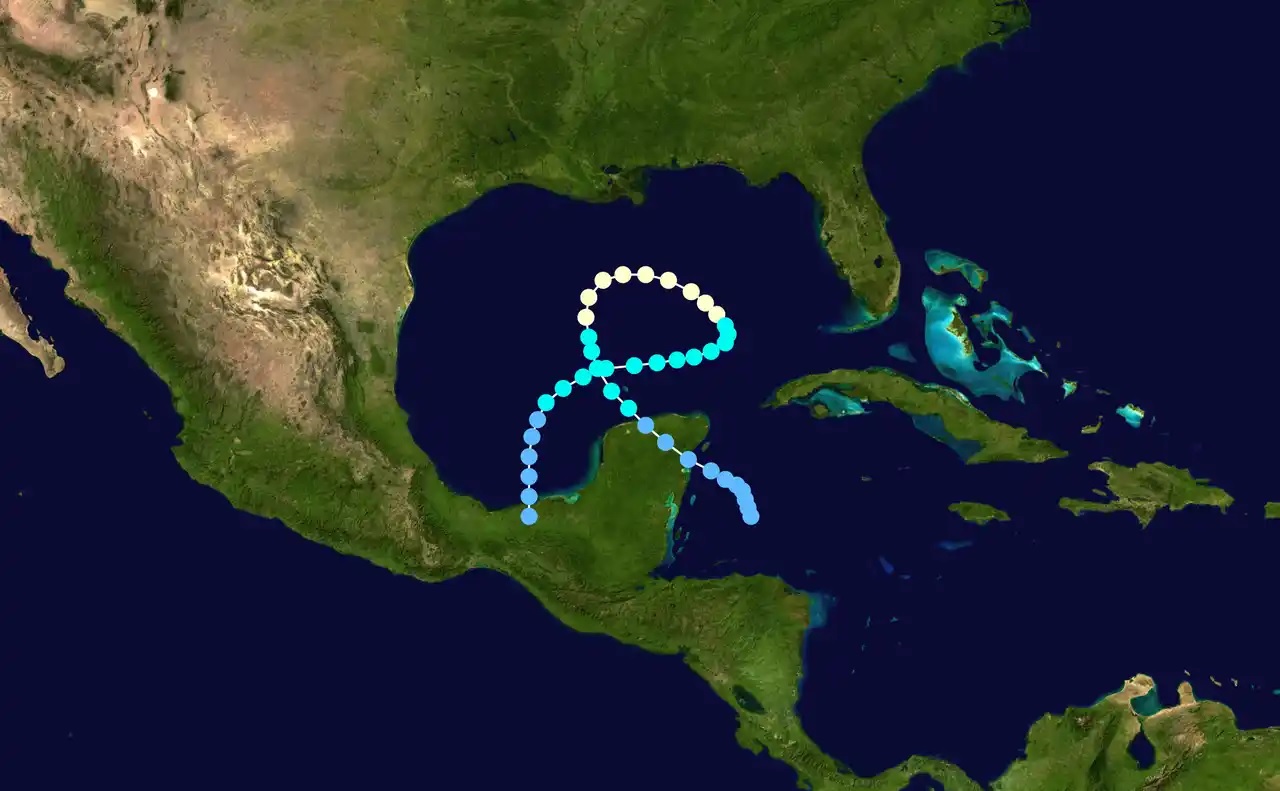
-
Eddy Priestly and D-Day’s Saviors
—At the tail end of D-Day at Gold Beach, after being sent back out to sea, their landing craft’s engine failed, and they found themselves drifting helplessly into a minefield. The Royal Signalmen shouted for help, but nearby watercraft were too busy to pay attention. Then when all seemed lost a United States Coast Guard vessel appeared out of nowhere.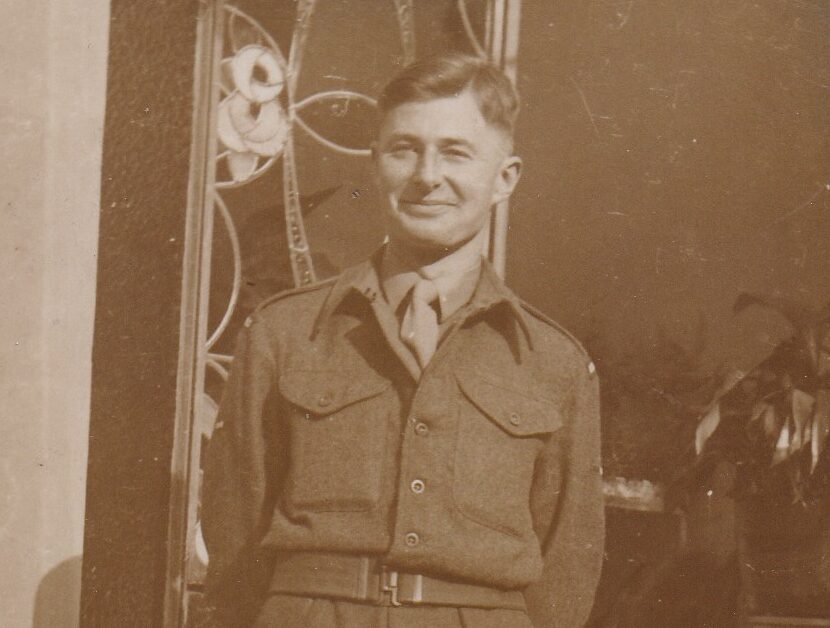
-
Lest we forget—the Triumph-Mermaid tragedy
—On Thursday, January 12, 1961, the F/V Mermaid lost its rudder near the treacherous Peacock Spit. Strong currents and gale-force winds pushed the helpless vessel toward breaking waves, making a swift rescue essential to avoid near-certain destruction.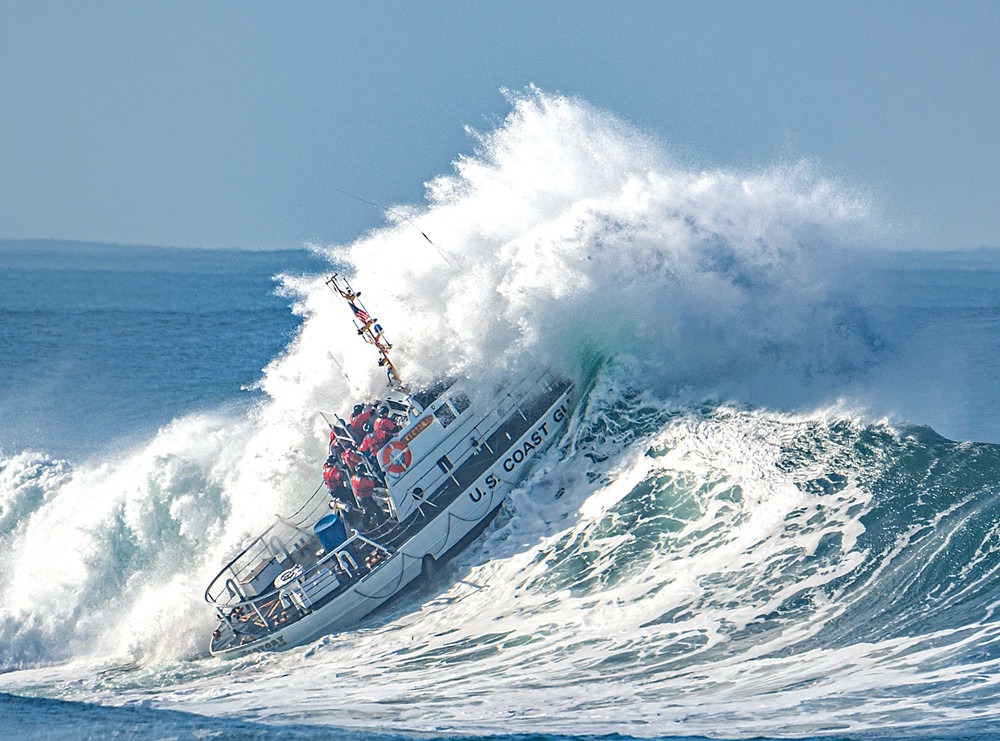
-
Combat Cutter Pickering—lost 225 years ago, now an OPC namesake
—After refitting late in the summer of 1800, the master and crew of revenue cutter Pickering boarded their vessel at Newcastle, Delaware, for their next Caribbean war patrol. It would be the last time they set foot on dry land.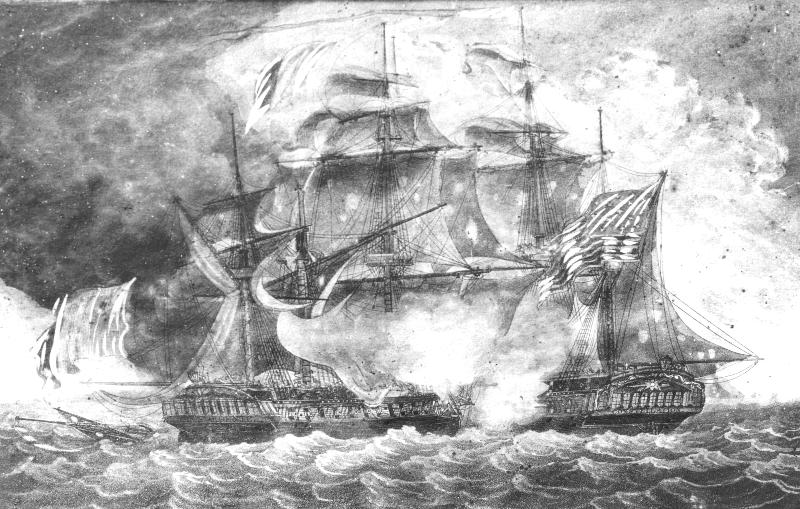
-
Arcturus: A distinguished amphibian in the history of Coast Guard aviation
—In the early 1930s, Coast Guard Commandant Frederick Billard decided to acquire state-of-the-art flying boats capable of performing rescues by landing on the open sea. The first aircraft designed from the start for Coast Guard use, these new amphibians became known as the Coast Guard’s “FLBs” (for Flying Lifeboats).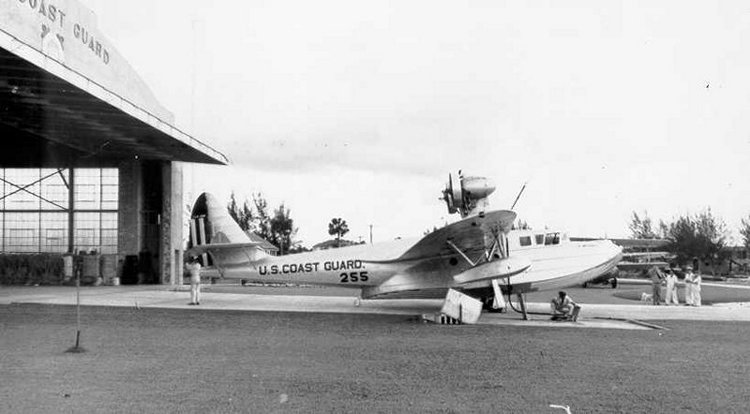
-
Prinsendam—Coast Guard’s “Miracle Rescue” over 40 years ago!
—“SOS! SOS! This is the Prinsendam. We have fire in the engine room and we are dead in the water. SOS!” The order to “Abandon ship” came shortly after 5 a.m.. The ship was beginning to list, and the captain suspected that lower decks were taking on water. The almost 500 passengers and other crewmembers had to leave.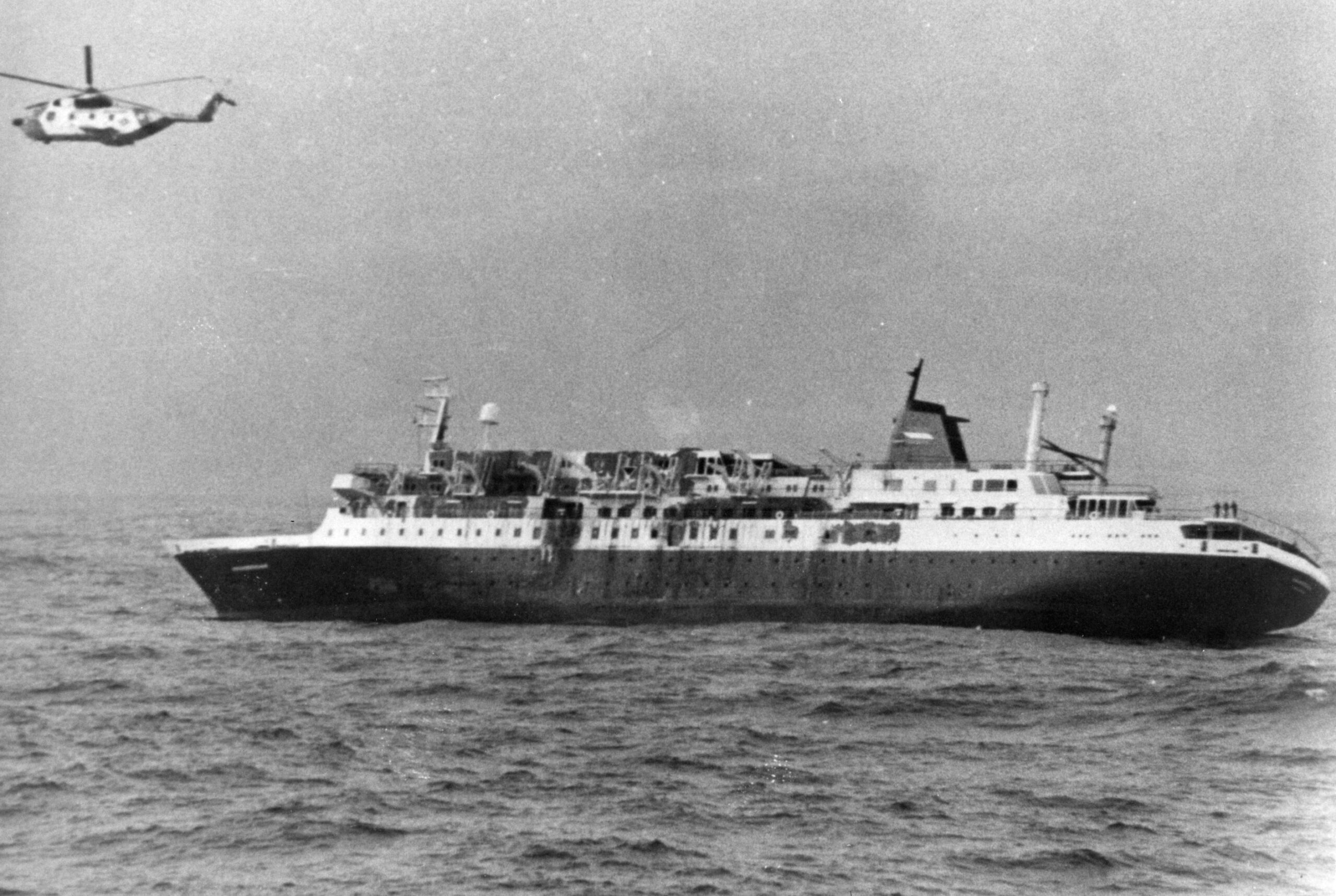
-
The Espionage Act—supporting Coast Guard port security for over 100 years!
—Port security has been one of the longest-running missions of the United States Coast Guard. And, historical events, such as World War I, have brought greater attention to the importance of this service specialty.